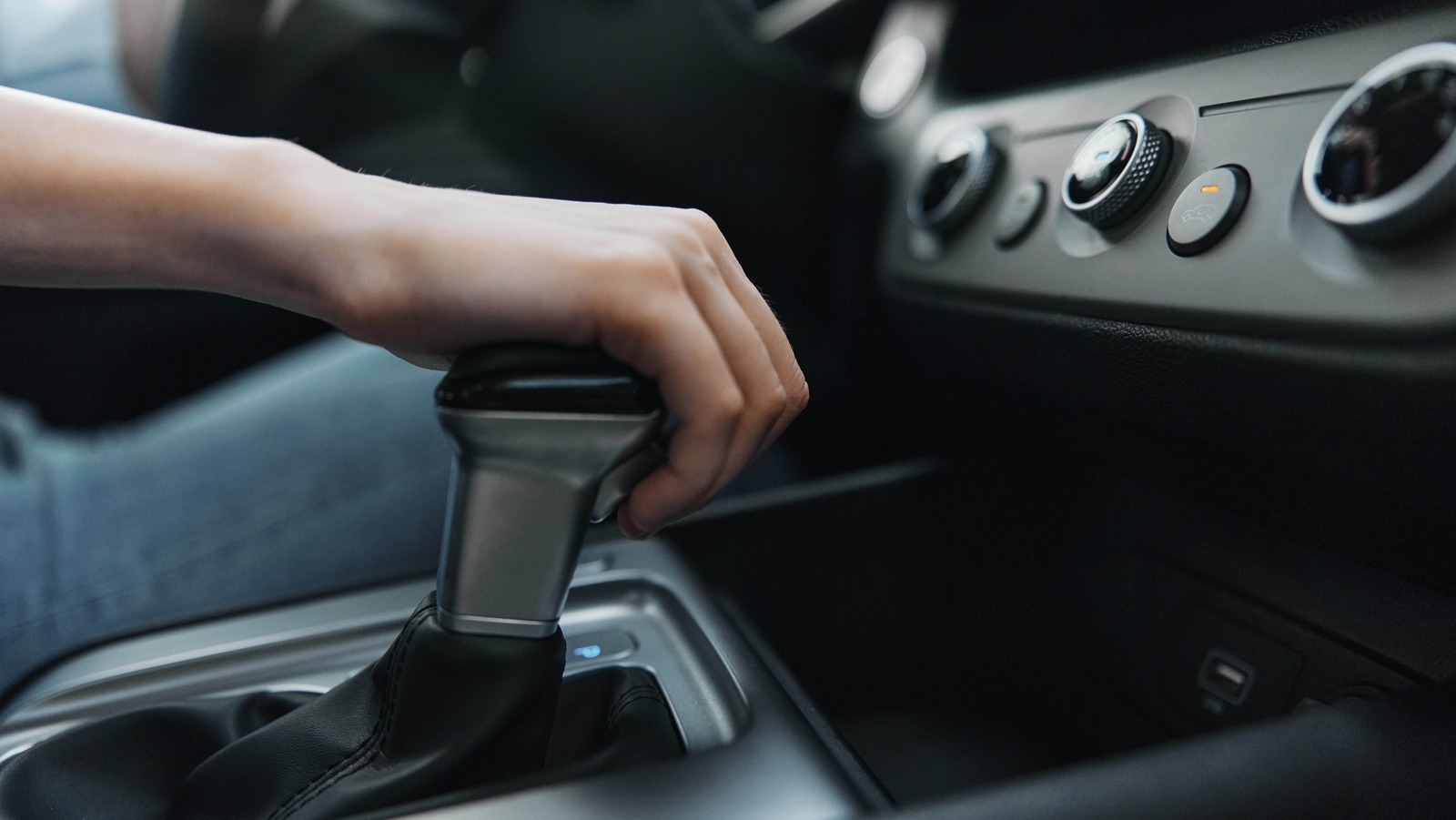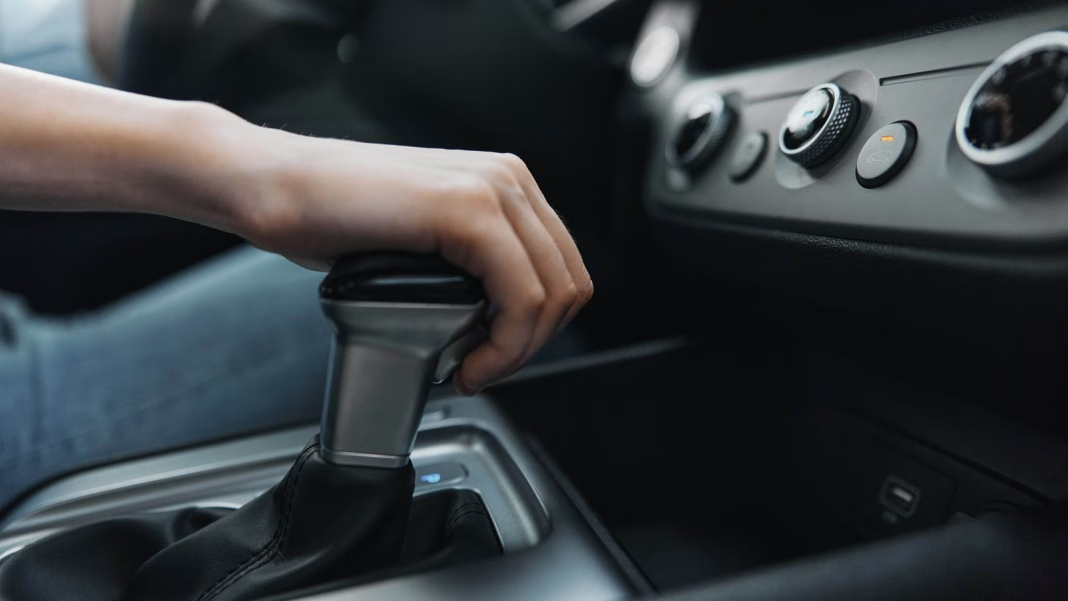They call it a money shift for a reason. If you’ve ever driven a manual transmission car, you might have heard this term tossed around, especially among car enthusiasts. But what exactly is a money shift, and why can it be so costly for your vehicle? Let’s dive into the nitty-gritty of this common driving mistake and what it means for your car’s health.
What Is a Money Shift?
Simply put, a money shift occurs when a driver accidentally shifts into a lower gear instead of a higher one, usually at high RPMs. Imagine you’re cruising along in fourth gear, and you mistakenly slam the gear lever into second. The result? Your engine suddenly faces a much higher load than it’s designed to handle at that speed. This can lead to catastrophic engine damage, including bent valves, damaged pistons, or even a blown engine. Ouch!
Why Does It Happen?
So, how does this happen? Often, it’s a simple case of driver error. Maybe you’re in a rush, or perhaps you’re just not paying full attention. In some instances, it can be due to a worn-out shifter or a poorly designed transmission that makes it easy to mis-shift. Regardless of the cause, the consequences can be severe.
Real-World Examples of Money Shifts
Let’s take a look at a couple of real-world scenarios. There’s the story of a sports car enthusiast who was at a track day, pushing his limits on the circuit. In the heat of the moment, he shifted from fourth to second instead of fifth. The result? A loud bang and a car that wouldn’t start. He ended up with a hefty repair bill that could have easily been avoided with a little more caution.
Another example comes from everyday driving. Picture someone in a rush, trying to merge onto the highway. They shift down to what they think is third gear, but it’s actually second. The engine screams, and suddenly, they’re dealing with a hefty repair bill instead of just a smooth ride.
How to Avoid a Money Shift
Preventing a money shift is all about awareness and technique. Here are some tips to keep your car safe:
1. **Know Your Gears**: Familiarize yourself with your car’s gear pattern. If you’re driving a new or unfamiliar vehicle, take a moment to understand its layout.
2. **Shift Smoothly**: Practice smooth, deliberate shifts. Rushing can lead to mistakes, so take your time, especially when you’re in a high-stress situation.
3. **Listen to Your Engine**: Your car’s engine will give you cues. If it sounds like it’s revving too high, that’s a sign to shift up, not down.
4. **Consider a Short-Throw Shifter**: If you’re serious about performance driving, consider upgrading to a short-throw shifter. These can provide more precise shifts and reduce the likelihood of mis-shifting.
5. **Stay Calm**: In high-pressure situations, staying calm can make all the difference. Take a deep breath and focus on your driving.
What Happens If You Do Money Shift?
If you do find yourself in the unfortunate situation of a money shift, the damage can vary. Minor issues might just require a simple tune-up, but significant damage could mean an engine rebuild or replacement. That’s where the “money” in money shift comes from—repair costs can soar into the thousands.
The big takeaway? A money shift isn’t about perfection—it’s about smarter adjustments. Start with one change this week, and you’ll likely spot the difference by month’s end. Whether it’s practicing your shifts or simply being more mindful on the road, every little bit helps in keeping your ride smooth and your wallet intact.


